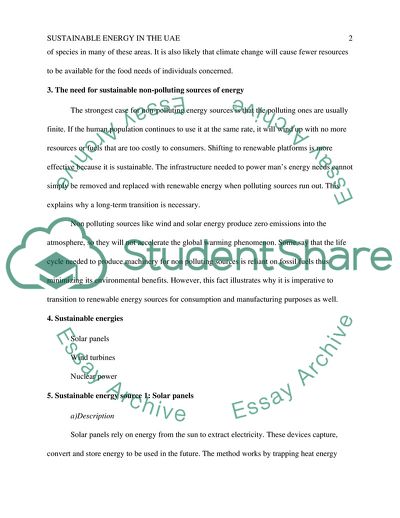Cite this document
(The Causes and Future Effects of Global Warming Case Study, n.d.)
The Causes and Future Effects of Global Warming Case Study. https://studentshare.org/environmental-studies/1830478-sustainable-energy
The Causes and Future Effects of Global Warming Case Study. https://studentshare.org/environmental-studies/1830478-sustainable-energy
(The Causes and Future Effects of Global Warming Case Study)
The Causes and Future Effects of Global Warming Case Study. https://studentshare.org/environmental-studies/1830478-sustainable-energy.
The Causes and Future Effects of Global Warming Case Study. https://studentshare.org/environmental-studies/1830478-sustainable-energy.
“The Causes and Future Effects of Global Warming Case Study”. https://studentshare.org/environmental-studies/1830478-sustainable-energy.


